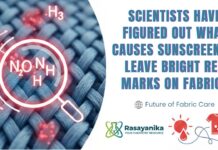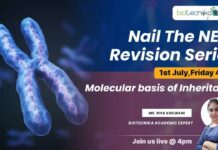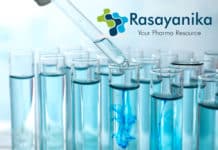Nature’s New Weapon: A Desert Berry That May Fight Diabetes
In the barren deserts of China, a shrub grows naturally that produces small, bright red coloured berries known as Nitraria roborowskii Kom belonging to the Nitraceae family. Scientists have recently discovered that this berry could help treat diabetes. It is locally known as “desert cherry” and holds a long history in the ancient Chinese medicinal practices. For centuries, this berry has been used as a Chinese medicine to treat Hypertension, Gastroenteritis, and Inflammation by the Mongolia, Qinghai, Xinjiang, and etc communities. Modern Science has uncovered the biochemical secrets of this Plant and its healing properties.
A recent study on the extract of this fruit, known as NRK-C, was conducted by a group of researchers from Qinghai University and the Northwest Institute of Plateau Biology. This breakthrough was first published in the Chinese Journal of Modern Applied Pharmacy. In this study, the researchers test the effect of the NRK-C extract on diabetic mice. Over a 7-week period, the extract not only helped in lowering the blood sugar level but also induced better insulin sensitivity, a healthier liver, pancreas tissues, and improved cholesterol balancing. This suggests that the extract was able to restore and regulate the body’s metabolism naturally.
NRK-C lowered fasting blood sugar levels by 30-40%, improved insulin sensitivity by 50%, and balanced cholesterol, and reduced oxidative stress up to 60%. Researchers found that NRK-C works by reactivating a pathway known as the P13K/ AKT pathway (an intracellular signaling pathway that ensures fundamental cellular processes like growth, proliferation, and metabolism). This pathway is one of the significant processes that helps the body to use sugar and fat for energy, which means NRK-C doesn’t hide the symptoms, but it naturally fixes the metabolism of the body and protects major organs like the liver and pancreas compared to the untreated mice. The P13K/ AKT pathway in diabetic people is blocked or weakened, making the cell poorly responsive to insulin, and as a result, sugar becomes impermeable to the cellular membrane and starts accumulating more in the bloodstream. This is called insulin resistance or high blood sugar (Hyperinsulinemia). When Diabetic mice were introduced to NRK-C, it reactivated the pathway by stimulating P13 enzyme to activate AKT or Protein Kinase B.
The discovery of Nitraria roborowskii Kom extract (NRK-C) as a potential natural therapy marks a significant growth in the development of future medicines and creates a remarkable connection to the use of ancient wisdom and modern science. While the Advanced studies have revealed the secrets of the pathway and the effectiveness of NRK-C, its effect on humans is still uncertain. The preclinical studies have shown that NRK-C improves blood sugar levels and can be used to control sugar in diabetic mice, and scientists emphasized the need for clinical trials in humans to confirm NRK-C’s safety, dosage, and effectiveness in people. Although this discovery was conducted on mice, it suggests that this can open the door for future research and possible development of natural medicines for humans. The growing population globally also raises the demand for safer and natural medicine that can not only stop the symptoms but also reset the cellular metabolism.

















































